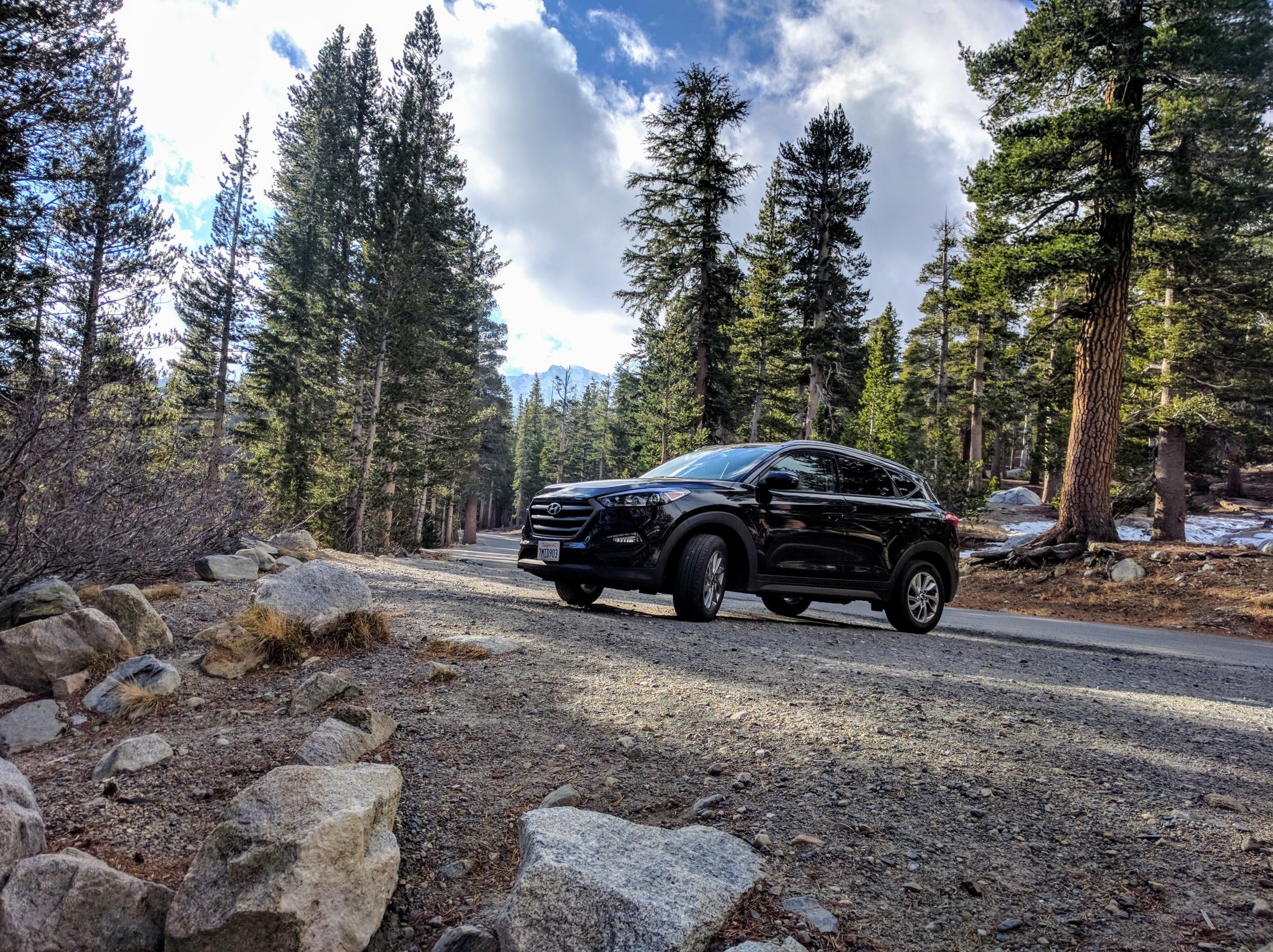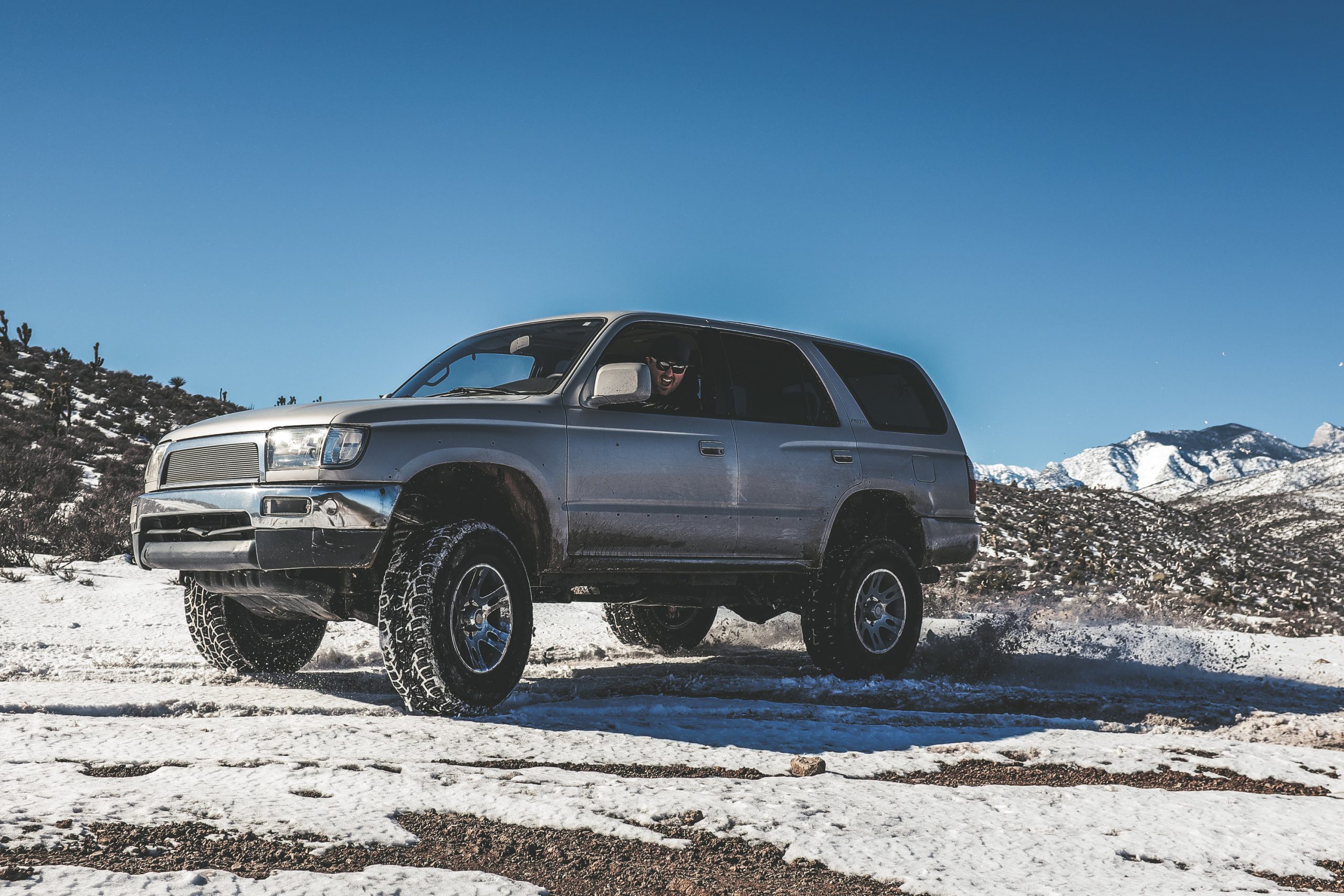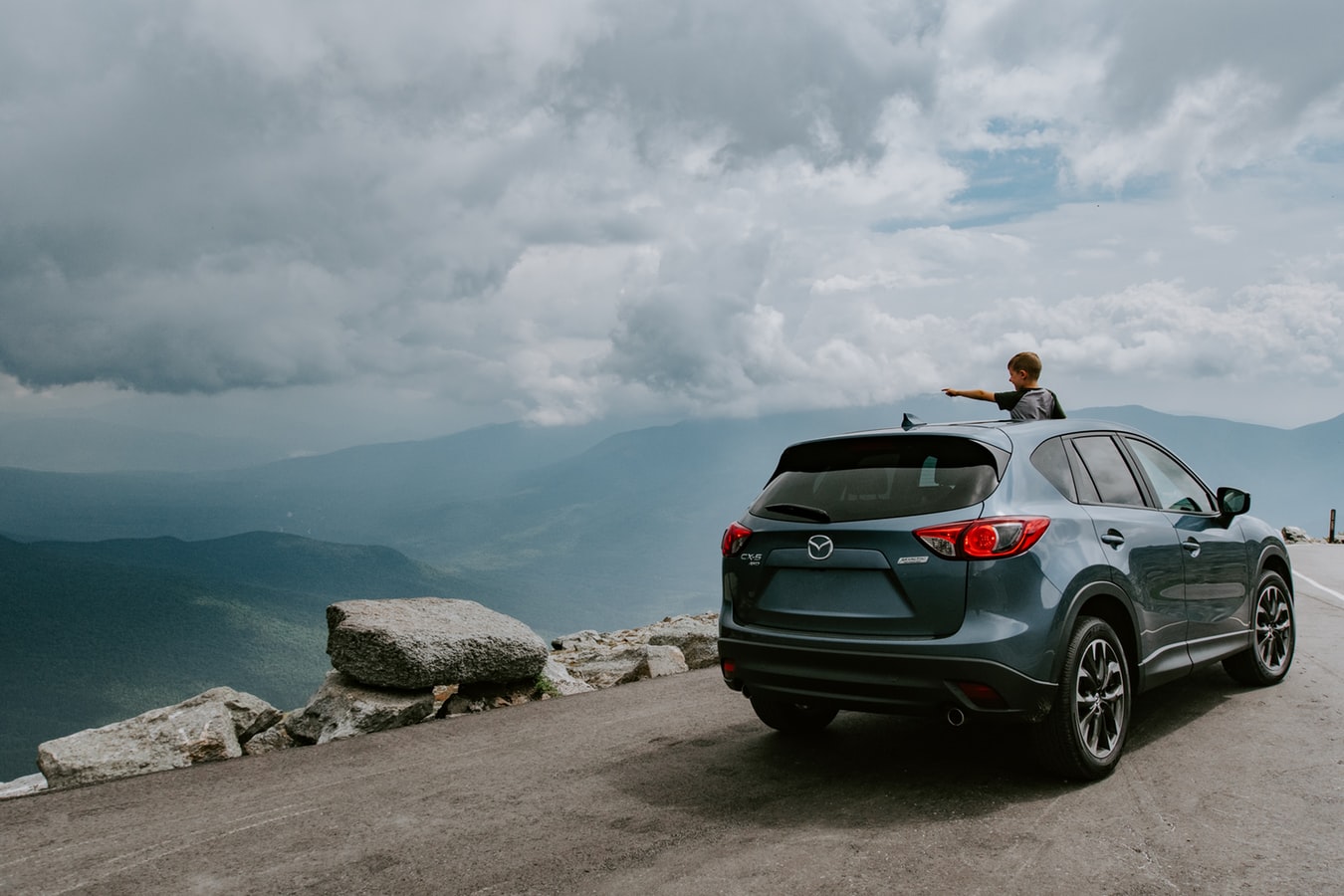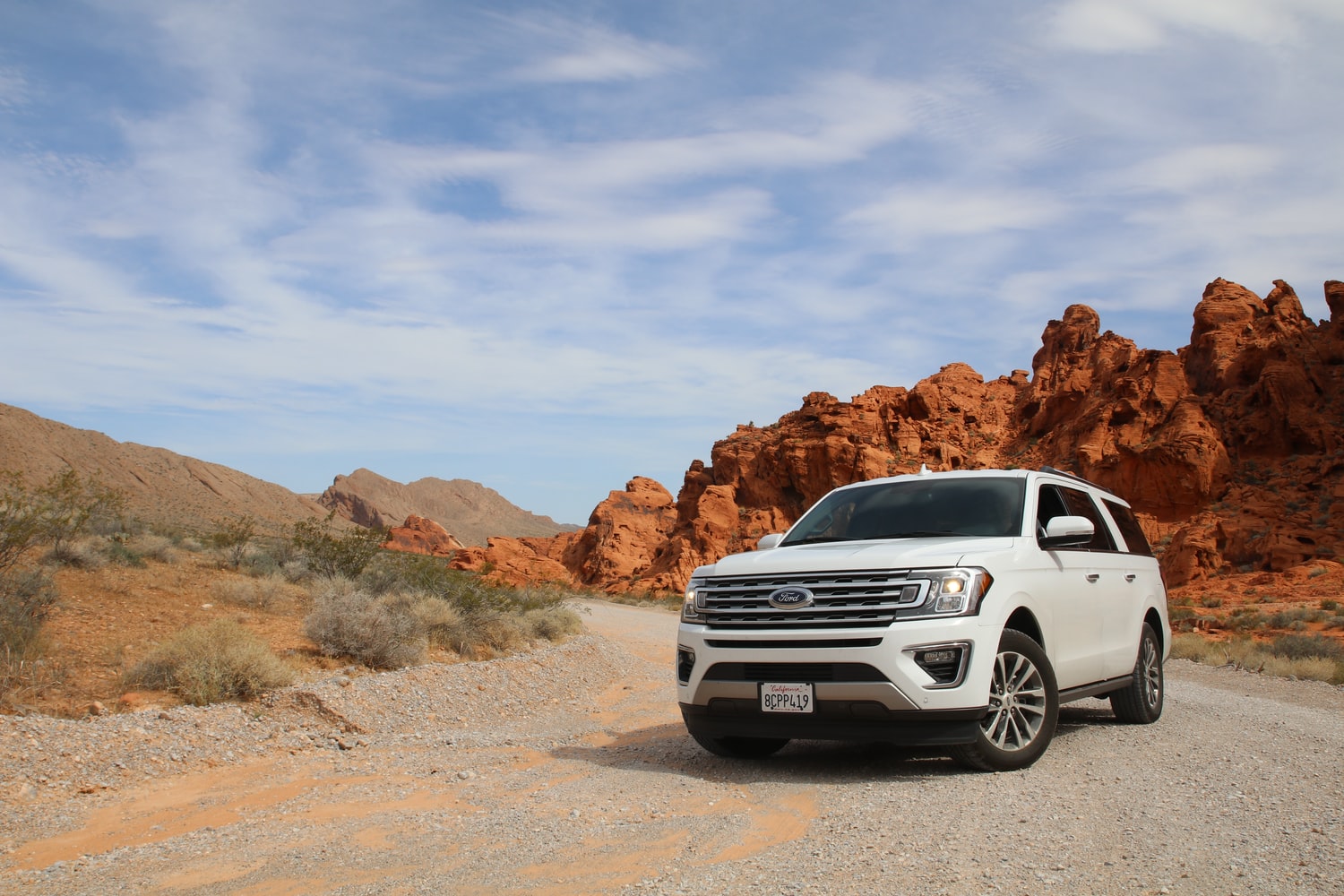
A used car purchase is often a great way to save money on interest and depreciation. But, without proper research, you can end up with a vehicle you will regret. You can put the odds of buying a used car in your favor with thorough research and inspection. The following inspection checklist will help you make a more informed decision when buying a used car.
Start with Research
One of the most important things to do before purchasing a used car is do relevant research. Knowing what kind of car you want to buy, what you want to use it for, what’s available and what fits your bill the best, are questions that need to be answered in advance. Once you’ve shortlisted a few models, you can follow the research checklist below and assess the vehicles.
Research Checklist
- Understanding the common defects and problems with the car
- How much will it cost to maintain the car over the period of a few years
- What immediate repair costs will need to be borne by you
- For how long do you think the vehicle will last in a decent condition
- What features does it provide
Once you’ve narrowed down on the car using the above checklist, you will need to ensure a proper exterior and interior check.
Exterior Check
- Check for body condition dents, rust, scratches, etc.
- Quick look for uneven panels or mismatched paint
- Ease of opening and shutting the doors, hood and trunk
- Age and condition of the tire and its tread
- Basic check for the light functions, horn, mirrors etc.
Interior Check
- Signs of moisture or liquid damage
- Unusual smells in the car
- Overly worn out car interiors
- Ease of adjusting the seats
- Check for the condition of AC and music player
- Condition of controls and switches
Check Under the Hood
Even if you’re not a mechanic, there are a few things you can look for under the hood, as this will determine the condition of the used car. You can look at the belts and hoses to check for wear and tear. You will need to make sure the radiator isn’t stained or cracked. Any kind of leakage or fluid dripping is a cause for concern.
Next, you can check all the fluids in the car – engine oil, transmission, power steering and brake. Ensure the fluid levels are good and the oil color is a warm brown. Dark brown or black oil means there’s a need for it to be changed. This might say something about how the car is maintained.
Take It for A Test Drive
The final and the most crucial part of your inspection is to take the car for a drive. Ideally, you need to take the car both on the highway and city streets. Speed variations and a climb & descend on a hill should say a lot about the condition of the car. This is the time to look for any unusual vibrations or noises. Make sure the gear transmission is smooth and the brakes work just fine. You can also check the exhaust and make sure it’s not cloudy and white, black or blue.










